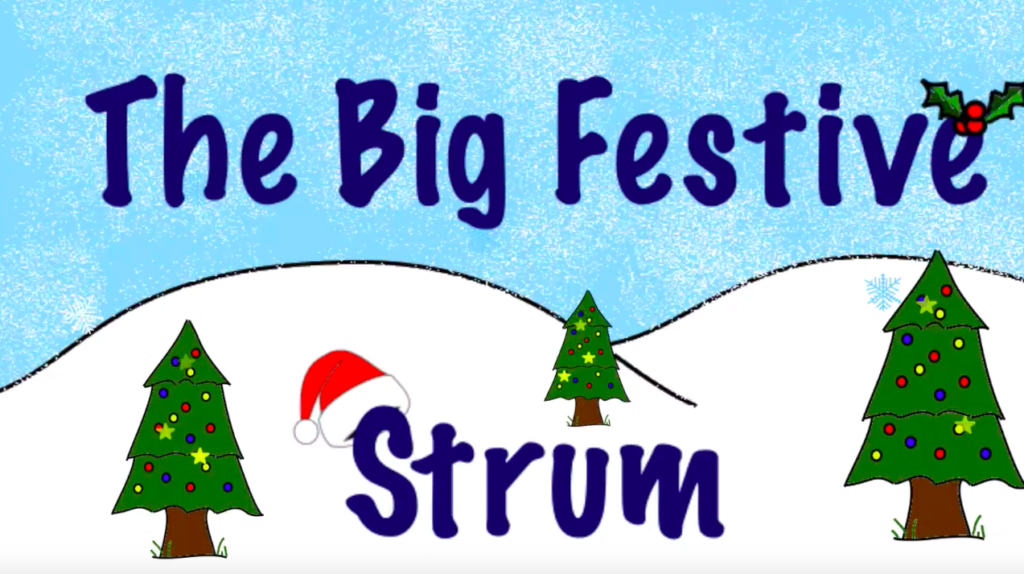Trouble at Siege
The Ukulele School Menu Main Menu Account Profile Logout Lessons Unit 1 Lesson 1 Lesson 2 Lesson 3 Lesson 4 Lesson 5 Lesson 6 Unit 2 Lesson 7 Lesson 8 Lesson 9 Lesson 10 Lesson 11 Lesson 12 Unit 3 Lesson 13 Lesson 14 Lesson 15 Lesson 16 Lesson 17 Lesson 18 Unit 4 Lesson […]
History Songs Coming Soon!!!
The Ukulele School The Ukulele School Join Us Free Sample Lessons The Ukulele Cafe Contact Shop Exciting News!!! or should we say Olds… We’ve developed an exciting new set of history topic based songs for you to have fun with, covering key learning points to reinforce those key facts you want remembering. Each song features […]
The Big Festive Strum

The Ukulele School The Ukulele School Join Us Free Sample Lessons Summer Strum Contact The Big Festive Strum As a special Christmas present The Ukulele School is bringing you. The Big Festive Strum. For one evening only join Adam and Phil from The Ukulele School, for a sing and strum through a selection of Christmas […]
New Learn at Home youtube series has begun!

The Ukulele School The Ukulele School Join Us Free Sample Lessons 5 Things to Consider When Buying a Class Set of Ukuleles. Seeing as many of us are going to be spending a bit more time at home at the moment, we thought we would try and beat the boredom a bit with a new […]
First Unit Now Free!
The Ukulele School The Ukulele School Join Us Free Sample Lessons The Ukulele Cafe Contact Shop To get you all started with your ukulele journey we have decided to make our first unit (6 lessons) absolutely FREE of charge. In this unit you cover the basic chords C and F and learn how to change […]
Whats the best way to draw a chord?
The Ukulele School A Quick Note On Chord Diagrams What is the best way to draw a chord? When learning a new chord on the Ukulele, it can often be helpful to see a picture showing you where to put your fingers. These pictures are known as chord diagrams. Here at The Ukulele School we […]